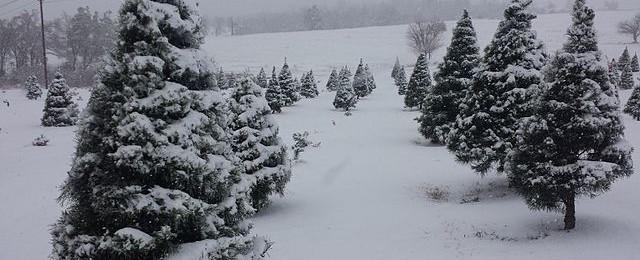Forests
-

A new web site which contains links to resources on climate and forestry from Extension is now available. The site is https://climateforestswoodlands.org/resources/. When I looked at it yesterday, the clickable map to get resources specific to the Southeast was not working properly, but you can find them directly at https://articles.extension.org/category/southeast.
-

The Washington Post published a recent article describing the importance of trees and rain forests to the global carbon system. A healthy forest pulls in carbon from the atmosphere and stores it in the form of trees, which are good for local climate conditions, ecosystem maintenance, and for some agricultural purposes. You can read the…
-

The WaterDeeply web site has a new article describing the ravages that multiple years of drought are taking on forests and trees in California. According to the article 120 million trees there are at risk of dying due to the severe drought. This is a huge concern because of its potential for making wildfires in…
-

Science magazine posted an interesting story online about wind damage to trees, In the article they claim that research has shown that trees generally all break at wind speeds of 94 mph or higher, although trees can lose branches or tip over at lower speeds, especially if the ground is wet and their root systems…
-

SERCH announced in their newsletter today (see earlier post) that their next installment on the climate vulnerabilities of loblobby pines is now available at https://globalchange.ncsu.edu/serch/climate-vulnerabilities-of-loblolly-pine-part-ii-precipitation/. The first part discussed the impacts of rising temperatures; this part describes the impacts of variable precipitation on the trees in the Southeast.
-

The US Department of Agriculture has just released a new report on the impacts of drought on forests and rangelands. It includes descriptions of the types of drought, impacts on water supplies and vegetation, and includes information on how to deal with the impacts effectively. You can find it at https://www.fs.fed.us/sites/default/files/DROUGHT_book-web-1-11-16.pdf.
-

EarthSky reported recently that 2015 was the worst year on record for wildfires in the United States, based on area covered. Estimates by the National Interagency Fire Center were that more than 10 million acres burned. Many of those were in the western US, which has been plagued by severe drought and high temperatures this…